Interview: Natalia Schipakina
Saint Petersburg-Moscow
September 2020
I am also curious about Russia beyond the big cities, following in Stefan’s footsteps. This means that I will be following up on his research on artistic residencies across the country, with which I hope to collaborate. I am particularly interested in Siberia and the North of Russia, having recently worked with artists with a Sami background, for instance Katarina Pirakk Sikku and Joar Nango. In addition, I hope to help make sure that artists, curators and critics from the two countries get to spend time together. Perhaps, because of the pandemic, we need to start online, and then see how we can start meeting «in flesh» as time goes by.
university. It was at the same time as I read Tolstoy, Dostyevsky, Gogol and the other classics so the timing was perfect! Torsten was the one to organize the 1984 trip which took us to Moscow and then further to Frunze and Dushanbe. These were highly unusual trips in those days, study trips and not regular tourism. He made sure we visited schools, factories, museums, etc. Furthermore, it was a trans-generational experience as Torsten’s adult former students also joined. These were people whom he had taught in various contexts and who had developed a special interest in the Soviet Union and Russia. Since then I have kept in touch with this
incredibly interesting country, its history and culture. I was bitten by the Russian bug! I worked for a while as a tour guide taking Swedish tourists to primarily Leningrad, eventually St. Petersburg, sometimes to Moscow, and sometimes to other cities as well. I worked with a number of artists from here over the years: Vita Buyvid, Chto Delat, Babi Badalov, Arseniy Zhilyaev, Taus Makhacheva, and others.
I like to describe myself as somebody who is rolling on three wheels, and who has been doing so for 30+ years. They are all connected to contemporary art: one wheel is curating, another wheel is writing and the third wheel is education or pedagogy. They are always there at the same time, but at any point in time I might be emphasizing one of them or leaning on more than one of them. For instance, when I worked as the director of Tensta konsthall in Stockholm between 2011 and 2018 there was an emphasis on curating, as I was curating everything that we did. It is such a small institution, and there was no budget to hire a dedicated curator. The last two years, after I left Tensta, while living in Berlin, I worked independently with a certain emphasis on writing and publishing. For example, in this period ‘Seven Years: the Rematerialization of Contemporary Art from 2011 to 2017’ came out, with my columns from the Art Review magazine. Teaching has been a constant throughout my life. Right now I am running a course at Konstfack’s CuratorLab program in Stockholm, together with Joanna Warsza.
It is a non-degree giving course, for more mature curators who already have some experience from curating. Such courses are very important for curatorial training. One should avoid the too common false promises of a degree making you ”a curator”. I firmly believe that the only way to learn curating is by doing it – it is an applied profession – and no curating course that I am aware of can provide enough practice to make that happen. The title of this year’s course is «Archeology of a Profession». We are looking at predecessors, who have done important projects that somehow speak to our time. Past curators already worked on approaches that we now think of as very contemporary, including feminism, LGBTQ, decoloniality and resilience. In fact, these concerns have been around for quite a while, we just have to look for previous work on them and credit and honor these endeavours properly. We can learn so much from them, in addition to avoid the annoying and even embarrassing reinvention of the wheel.
“Contact zones” and “conflict zones” have helped me think through some of these things. Artworks, visitors, artists, people working in institutions, together inhabit and create contact zones. I am borrowing this term from two anthropologists, Mary Louise Pratt and James Clifford (the term ‘conflict zone’ was first discussed by curator and scholar Nora Sternfeld - ed.). For them, particularly James Clifford who wrote about the museum as a contact zone, these zones allow different individuals and groups of people to engage with art and with each other in an exchange without being tied to a predetermined, stifling hierarchy. Within these zones those who are traditionally thought of as subordinate can often actually take the material from the dominant culture and twist it and turn it to their own benefit, using for instance irony and humor to deflect power.
Let us return to the notion of the public. For me this notion has not been so useful. At Tensta konsthall, for instance, we tended to talk about “visitors”, “collaborators” and “partners”, but never about a “public” or an “audience”. Both notions are too blunt, too homogenizing. If you still want to stick to the notion of “public”, it could be helpful to go back to the artist Martha Rosler. In the early 90s Rosler wrote a text in which she described the shift in New York, where she was living at the time, from what she calls the “public” to the ”audience”. A public for her is a crowd of people that tend to go to some of the same art events, particularly exhibitions, often recognizing or talking to each other. Rosler said that the ‘audience’ was created when sponsorship entered the field of contemporary art and sponsored blockbuster exhibitions started appearing. This also included national support intended for things like “a French season” or “great art from Mexico”. The audience was all of a sudden an anonymous crowd where people did not recognize each other and there was not a lot of exchange. The different terms establish a difference between repeat visitors engaging shared discourse and those who consume art in a one-off visit.
For myself this idea of the “zone” is more productive. It includes a spatial description of what is going on within a territory, rather than talking about groups. As I mentioned, I would rather start with the presumption that most people have a latent curiosity about art that can be evoked and triggered, and that they can develop some sort of interest in it. My time in Tensta clearly shows this. However, particularly bigger institutions need to work very differently if they want to achieve something along those lines. Among other things, this applies to time frames, staff commitments, budget allocations and resilience.
The reason for doing anything connected to contemporary art for myself is that contemporary art is an incredible form of understanding. Like nothing else it can help us grapple with existence today, what it means to be a human being in the world the way it functions and looks right now. This experience of contemporary art is something that I want as many people as possible to have access to. But it is not easy to do this wholesale, on a macro level, as it is not about converting big masses. At best, it starts with individual encounters with artworks, one at a time, although it can be several individuals in the same room doing it together, rather than a massive group at an arena, who can absorb and digest something over time. The music and sports classes offered to all school children in Sweden in the 60s and 70s were the primary reason why the Swedish so-called “music wonder” came about, with The Cardigans, Robin and others, as well as the “sport wonder” with Björn Borg, Ingmar Stenmark, etc. Therefore, the term ”constituency” is more appropriate than ”community”, which I generally avoid as it easily slips into essentialism and other simplifications.
Everything we did at Tensta konsthall was art-centric. From the outside, at first glance, it might look like some projects were implemented as “outreach programs”, but mostly they were not planned in that way. They began as artworks and carte blanche invitations to artists. For instance, Ahmet Ögut’s Silent University happened at first as a part of a group show called “Tensta Museum: Reports from New Sweden”. The artist, who is based in Istanbul, Amsterdam and Berlin, had initiated The Silent University a year before in London in a collaboration with Tate Modern, The Showroom and Delfina Studios as an independent educational platform. This platform is making it possible for people whose legal status does not allow them to practice their education and competence to do so without them having the right papers. Most of them are migrants without the right papers. Then The Silent University reached other cities across Europe and beyond, even Amman in Jordan. We invited Ahmet with The Silent University to Tensta konsthall. After a short period of time the receptionist of the konsthall, Fahyma Alnablsi, who came to Tensta in the early 90s from Damascus as a trained teacher but could never get a job as a teacher in Sweden, proposed that The Silent University at Tensta konsthall should take a form of a language cafe. That was a way of activating her competence in a fruitful way, but also for others to share their knowledge of languages.
The language cafe, where people can learn and practice Swedish and Arabic, has been running since 2013, with Fahyma at the helm. First it was once a week, and then people started to ask for more and it became twice a week. We soon added monthly excursions to cultural institutions around the city, to practice a different vocabulary and to explore our common city together. Native speakers of Arabic and Swedish come as volunteers to help others learn. The learning is very much conversation-based. The participants have changed over the years, with some elderly people who have often spent several decades in Sweden hanging on and a changing group of younger people who are mostly newly arrived migrants, many of whom have come in the boats across the Mediterranean. You might wonder how they find out about the language café? Well, it is word by mouth, through Fahyma’s extensive network of contacts. It might look like something that we initiated in order to reach out to a particular group of people, but in fact, to a high degree the art project has evolved according to its own logic.
Most of the things that happened during my time at Tensta konsthall started in a similar way. In other words, something within or with the artwork lent itself to involving different groups of people. This occured with numerous projects, including Petra Bauer’s long-term collaboration with the self-organised Women’s Center in the neighborhood, which now goes on under the name of “k.ö.k.”, or Women Desire Collectivity. This being said, it is crucial that the activities of the konsthall also included things like straightforward solo exhibitions with discreet art objects such as for example the exhibition by Iman Issa, the retrospective with the queer feminist New York-based collective LTTR, a commission by Ingela Ihrman which ended up being a huge suspended sculpture in the form of the invasive plant “giant hogweed”, and a presentation of Anton Vidokle’s film trilogy around Cosmism. Also important is that we organised art events in the neighborhood, not only staying within our own premises, for example collaborating with the shop owners in the modest shopping mall above the konsthall showing art works in their shops, and inviting artists to display works and do workshops in local schools.
It is essential to know that the team of the konsthall is small but dedicated and energetic, and they were the ones realising most of this, based on many daily contacts with all kinds of people living and working in the area. Because, as you can imagine, when you get to know a lot of people and when they become curious, they start to return to the konsthall. It became somewhat of a meeting place, in its non-spectacular premises in a former storage space. Of course, not for everyone in the neighborhood, around 20 000 people are living in this suburb built in the late 1960s, located about 20 minutes on the subway from the city center. Nevertheless, quite a number of people started to come on a regular basis to participate in the language cafe, and other activities. After that we started what we called “the Women’s Cafe”, where primarily middle-aged and elderly women came to work with textile and craft, often connected to the exhibitions and other projects we had. We collaborated with different organizations where people specialized in weaving, knitting or embroidery gave workshops. Again, it was an organic development, where it was less about reaching out to those people, and more about meaningful activities with a connection to art and craft.
A key decision was to allow various groups to use the premises of the konsthall for their own activities, like the meeting of an activist group, homework assistance, the yearly assembly of a local association or a team gathering of the local city administration. This meant that every day a different group would be present at the konsthall, doing whatever they were doing, next to art, either literally in the exhibition space where we put up tables and chairs or in a room called “the classroom” furnished for such events. This could be happening next to a solo show with Naeem Mohaiemen, an installation by Leonor Antunes or a retrospective with Goldin+Senneby. I call this “the proximity principle”: people are spending time in close proximity to art without necessarily engaging directly and intensively with it. Almost like with osmosis something happens then. We always offered brief introductions to current art projects to these groups but we avoided “throwing” art at them. At the core lies the question: how do we “massage” contemporary art, and the encounter between it and people, in such a way that we can retain the integrity of both the art and the visitors as well as collaborators-partners?
Another thing he did was take the frames off the paintings of avant-garde artists such as Picasso, Max Ernst, or Picabia. He felt that the frames were distracting the experience of the viewer. Kiesler then designed wooden arms sticking out from the wall, on which the canvases were placed. The arms were designed in such a way that you could change the angle of the painting, which meant that it was not always totally vertical in front of you as a viewer, but it could be a little bit askew. The artists did not mind; he was their friend and they trusted him. According to Kiesler, this was a way to make the experience of the artwork more interesting, more intensive. Simply put, a more qualitative encounter with the actual art work. It is interesting to think of these questions, starting like Kiesler from the artwork itself, how we can facilitate the encounter between artworks and people, based on the premises of our time and its specific conditions.
Let’s return to the beginning of our conversation. Are you planning on helping to develop those approaches in culture at your current position?
2011-2018 - Director of Tensta konsthall in Stockholm
2016 - Artistic Director of the 11th Gwanju Biennale
2008-2010 - Director of postgraduate program at the Center for Curatorial Studies, Bard College
2005-2007 - Director of Iaspis in Stockholm
2002-2004 - Director Kunstverein München
In 1998, co--curator of the Manifesto 2 Biennale in Luxembourg.
In 2015 supervised the Future Light program at the first Vienna Biennale
2019 was one of the curators of the Art Encounters Biennale in Timisoara.
2015-2018 - Professor of Art Studies at the Academy of Arts in Oslo.
She is currently a lecturer at Konstfack on the CuratorLab program.
Maria Lind's texts have been published in a large number of newspapers, magazines, catalogs and other publications.
In 2009, she was awarded the Walter Hopps Prize for Curatorial Achievement. The books "Selected Works of Maria Lind" (2010) and "Seven Years: The Art of Rematerialization 2011-2017. (2019) were published by Sternberg Press.
Portrait of Maria Lind by Bernd Krauss

